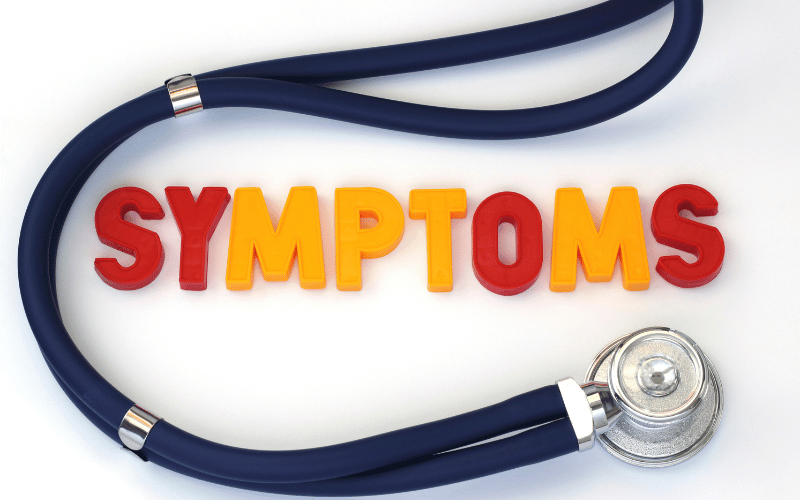Introduction: A Glimpse into Its Complex Symptoms

Doose epilepsy, often referred to by its scientific names – myoclonic astatic epilepsy (MAE) or myoclonic atonic epilepsy, represents a unique facet of the broad spectrum of epileptic disorders. The world of medicine continuously evolves, yet some conditions remain enigmatic, often hidden behind a veil of common symptoms.
Such is the case with Doose epilepsy. Not as frequently discussed as some other types of epilepsy, its symptoms can nonetheless profoundly affect the lives of those it touches.
It’s crucial to unveil the unique manifestations of this condition to differentiate it from other epileptic disorders and provide the most effective care to those affected. But what exactly is Doose epilepsy, and how can we recognize it? We will explore its top ten symptoms, hoping to give clarity to those searching for answers.
1. Myoclonic Jerks: The Sudden Involuntary Movements

Myoclonic jerks are the hallmark of Doose epilepsy. They manifest as unexpected and involuntary muscular spasms, predominantly affecting the limbs. They can be equated to muscle twitches, but with a more intense and sudden nature.
While myoclonic jerks may seem benign, their nature can vary considerably. In milder situations, they appear as quick twitches akin to a muscle reflex or cramp.
But in severe cases, they can be potent enough to disrupt daily activities. Imagine holding a cup of coffee and suddenly dropping it due to an unforeseen jerk or even falling over unexpectedly while walking.
The unpredictability associated with these jerks can make simple tasks daunting. Activities that necessitate a steady hand or movement can be overshadowed by the fear of an impending jerk. It’s not just the physical ramifications, but the psychological impact that weighs down on an individual, often leading to reduced participation in activities they once enjoyed. (1)